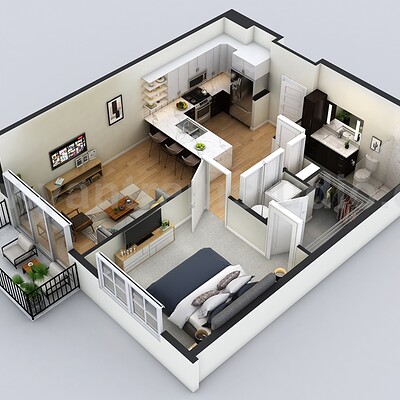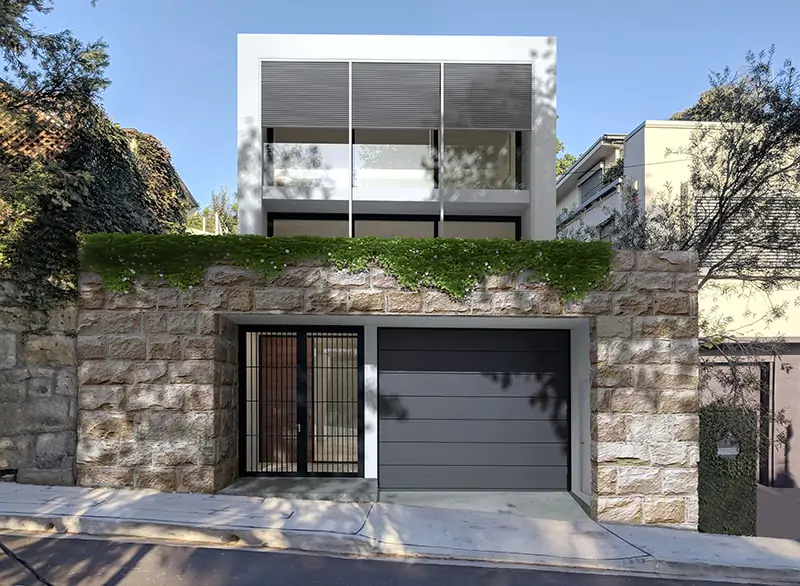An Introduction to Rendering Art
Rendering art is the process of creating a digital image from a physical piece of artwork. This can be done by scanning the artwork into a computer, or by taking a photograph of it. Once the artwork is in a digital format, it can be edited and enhanced using software such as Adobe Photoshop or GIMP.
Rendering art is a great way to create digital copies of your favorite pieces of art, or to create new works of art from scratch. If you are interested in learning how to render art, there are many online tutorials and books available to help you get started.

Once you have learned the basics of rendering art, you can start experimenting with different techniques and styles. You may want to try different lighting setups, or use different color schemes. You can also add text, patterns, or other objects to your renderings to create unique works of art.
Rendering art is a fun and creative way to express yourself. With practice, you will be able to create beautiful and realistic images that you can share with others.
How To Render A Digital Painting – Step By Step?
Assuming you have a basic understanding of digital painting, we’ll start with the assumption that you have a blank document open in your software of choice.
- Choose the colors you want to use for your painting. This can be done by selecting a color from your software’s color palette, or by using the color picker tool to select a color from an image.
- Choose the brush tool and select a brush size and shape.
- Begin painting on your canvas using the selected colors and brush strokes. Try to keep your brush strokes consistent with the overall style of your painting.
- As you paint, you may want to add additional colors to your palette. To do this, simply select another color from your software’s color palette or use the color picker tool again.
- Once you’re happy with your overall painting, it’s time to render it out! To do this, simply go to File > Export > Render As and choose the file format you want to save your painting in (PNG, JPG, etc.).

How To Get Better At Rendering Digital Art?
There’s no one right way to get better at digital art rendering, but there are a few things you can do to improve your skills. First, practice as often as you can. The more you render, the better you’ll become at it. Second, study other artists’ work and learn from them. See how they approach rendering and what techniques they use. Then, experiment with different approaches and find what works best for you. Finally, don’t be afraid to ask for feedback from others so you can learn from your mistakes. With hard work and dedication, you’ll be rendering like a pro in no time!
- Practice, practice, practice
- Study other artists and learn from them
- Experiment with different approaches
- Get feedback from others
FAQ digital art rendering
Digital art rendering is a process of creating digital images from a given scene or source material. This can be done through various means, such as 3D rendering, 2D vector graphics, or raster graphics. There are many different software programs that can be used for digital art rendering, each with its own unique set of features and capabilities.
When it comes to digital art rendering, one of the most frequently asked questions is what software program to use. While there are many great programs out there, it really depends on your personal preferences and what you need the software for. If you’re just starting out, we recommend using a program like Adobe Photoshop or Sketchbook Pro. These programs are relatively easy to learn and offer a wide range of features to help you create stunning digital artwork.

Another common question when it comes to digital art rendering is how to achieve realistic lighting and shading effects. This can be tricky to accomplish, but luckily there are some great tutorials available online that can walk you through the process step-by-step. Once you have a handle on the basics, experiment with different lighting setups and see what works best for your particular scene or subject matter.
Finally, one of the most important things to remember when working with digital art rendering is that practice makes perfect! The more you render, the better you’ll become at it. So don’t be afraid to experiment and try new things. With enough patience and effort, you’ll be able to create amazing digital
Conclusion
Digital art rendering is an incredibly useful tool for artists of all levels. Whether you’re a beginner trying to figure out how to use digital art software or a seasoned professional looking for ways to speed up your workflow, learning how to render your art can save you a lot of time and frustration. In this article, we’ve covered some of the basics of digital art rendering, including what it is, why it’s important, and some tips on how to get started. We hope that this information has been helpful and that you’ll give rendering a try in your own work.




